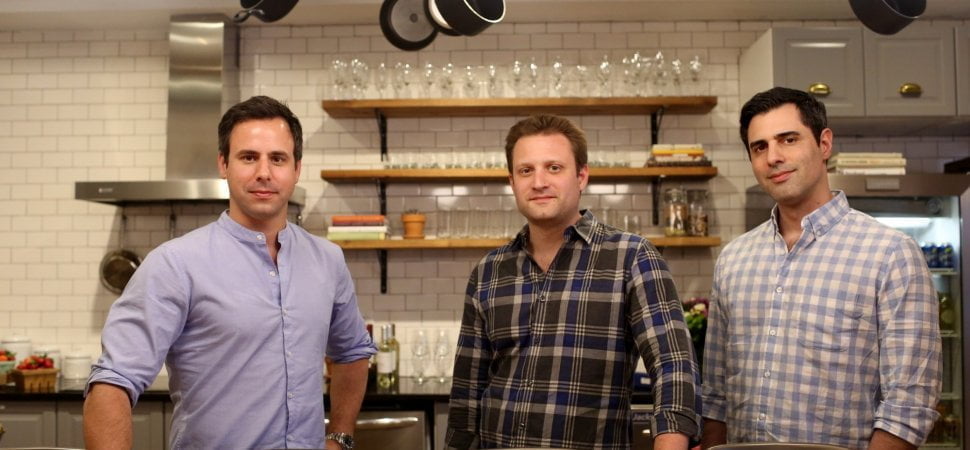
As Blue Apron prepared its IPO at the beginning of this year, the future looked bright. The New York-based meal kit company had been growing exponentially since it was founded by Matthew Wadiak, Matt Salzberg, and Ilia Papas in 2012. They, were soon delivering over five million meals a month and former venture capitalist Salzberg, was being feted in the media. Fast forward six months and Wadiak has been removed as CEO, growth has ground to a halt and Blue apron’s share price is down by 70 percent.
What happened to Blue Apron is something I have seen time and time again during my 25 years of helping CEOs and leaders grow their businesses; leadership gets so wrapped up in executing today’s growth that it loses sight of the bigger picture and endangers the company’s future growth.
Growth leaders need to be ambidextrous. They must be able to execute today’s business to a high level while at the same time identifying and developing the capabilities the organization will need for tomorrow’s growth. This means both exploiting their present business to drive profits while they explore their future business to drive revenue growth down the line.
To do this they need to stay externally focused. Too often leaders get so caught up in the everyday busyness of growth that they take their eye off the big picture. This is a mistake as external focus is one of the strongest drivers of external growth.
Growth leaders must constantly think about existential threats, imaging disruption scenarios with their team. They have to keep examining and reexamining their customers needs and future needs, how they competition is meeting them and how they might meet them in the future or how technology, their operating environment or market forces could change them.
Here are three ways to stay externally focused:
1. Focus on your customers.
Blue Apron’s customer base growth stopped growing at the end of 2017. Many subscription-based business models see their numbers peak and then tail off as customer fatigue sets in.
Blue Apron offered a package of three meals per week for between $60-75, which is a significant commitment in terms of cost, time and planning for many people over the long-term. In the meantime, new services appeared like Uber Eats and Deliveroo that deliver restaurant meals to your door without asking you to sign up for anything.
2. Be aware of your competition.
Blue Apron was first in the US meal kit subscription market but it quickly got crowded with over 150 companies across the US, including Blue Aprons arch-rivals and former classmates Plated, and then Berlin-based HelloFresh opening a New York operation.
If a business is easy to start up then the market place can become very crowded very quickly. With free cancellation customers could try a different meal kit service every week. If you want to win in a crowded playing field you need to either have a huge critical mass or stand out.
3. Watch out for curve balls.
A lot of people, including Blue Apron, were blindsided by Amazon’s acquisition of Whole Foods – if Amazon brings high-end fresh food directly to your door then it eliminates much of the need for high-end meal kit services and they become just another subscription service.
The signs were there, a month previously NYU Professor, Scott Galloway told Recode:
“I can’t imagine why they [Amazon] wouldn’t buy Whole Foods, for example, just because of the urban locations. They could close them down and just turn them into warehouses and I think they could justify the price.”
In his new TED talk Galloway explained that while he was researching Amazon he searched for organic milk on their site and it came up with nothing, he immediately saw that high-end fresh produce was a gap for Amazon and if they were going to fill it then Wholefoods would be a good fit.
And Blue Apron’s main competitor saw the risk too. In a 2015 Forbes interview Plated founder Josh Hix said prophetically:
“This isn’t about Plated vs. Blue Apron. It’s about Plated vs. Whole Foods and a huge food market.”
This holiday season you will have to go to your local Whole Foods store to pick up your $159 organic turkey meal but I’m guessing by next year it will be fulfilled by Amazon.
However, as former CFO Brad Dickerson takes over as Blue Apron CEO there are still reasons to stay positive. Meal kits represent only 1 percent of the more than $5 trillion US retail and food services industry so there is still plenty of room to grow.

